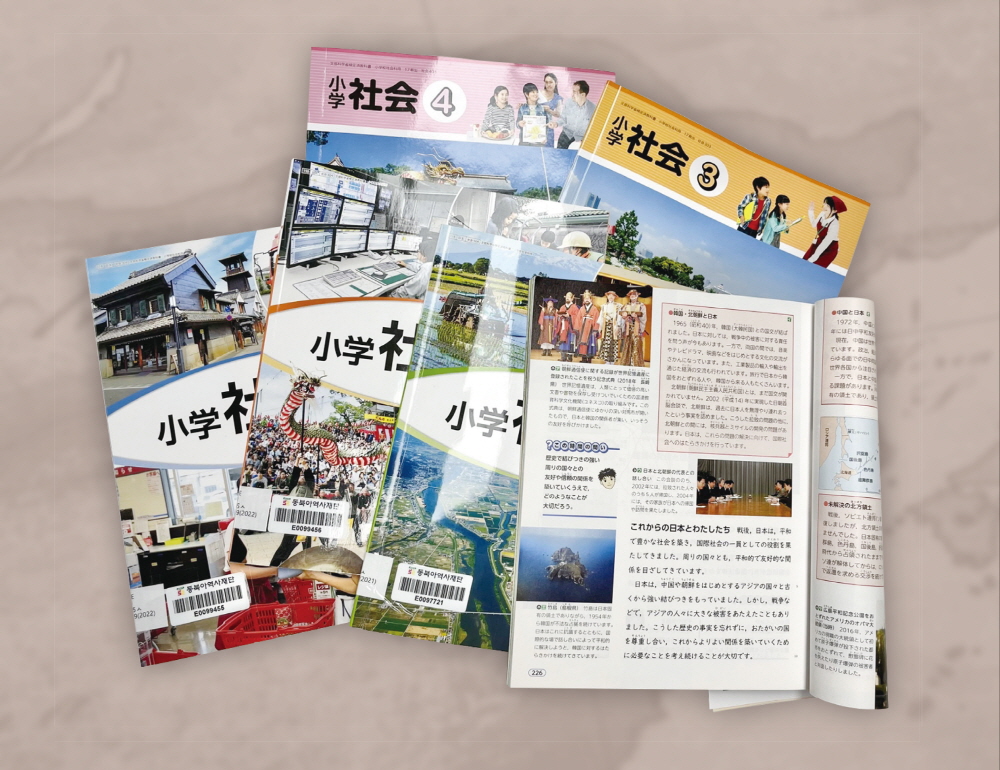
Deepening historical distortion by Japan: Expanding to elementary school textbooks
At the end of March every year, the Ministry of Education, Culture, Sports, Science and Technology of Japan(MEXT) announces the results of the textbook screening. It’s known as the “calendar variable” since it is repeated every year. Without exception, MEXT announced the screening results of elementary school textbooks for 2024 on March 28th of this year. The recent announcement was for textbooks that applied for screening in April and May of 2022 and is the second announcement since the revision of the elementary school curriculum in 2017. The details do not significantly differ from 2019. Japanese textbooks for elementary schools became a diplomatic issue since textbooks began to include maps and descriptions of Dokdo in 2010. Only one elementary school textbook screened in 2010 included Dokdo, but this deepened Japan’s distortion of the island at every announcement of the screening.
Descriptions such as “illegal occupation” and “an inherent part of the Japanese territory” expanded in 2014, and the explanation of Dokdo relatively increased in 2019, which included visual aids such as maps and photos. Teaching “Dokdo is currently illegally occupied by Korea and Japan is protesting to recover Dokdo, a Japanese territory” could develop prejudices about Korea in Japanese students. There are concerns of elementary school textbooks may expand the distorted historical awareness to Japanese children who are learning history for the first time. Descriptions of Korea in social studies textbooks indicate the historical awareness of Japan. In this section, descriptions related to Dokdo and Korean history in 14 social studies textbooks in grades three to six that passed the 2023 screening will be reviewed while also examining Japan’s policies on textbooks. Publishers that applied for the screening are Tokyo Shoseki, Kyoiku Shuppan, and Nihon Bunkyo Shuppan.
Cho Yoon-soo, Director of NAHF International Relations and Historical Dialogue Research Institute